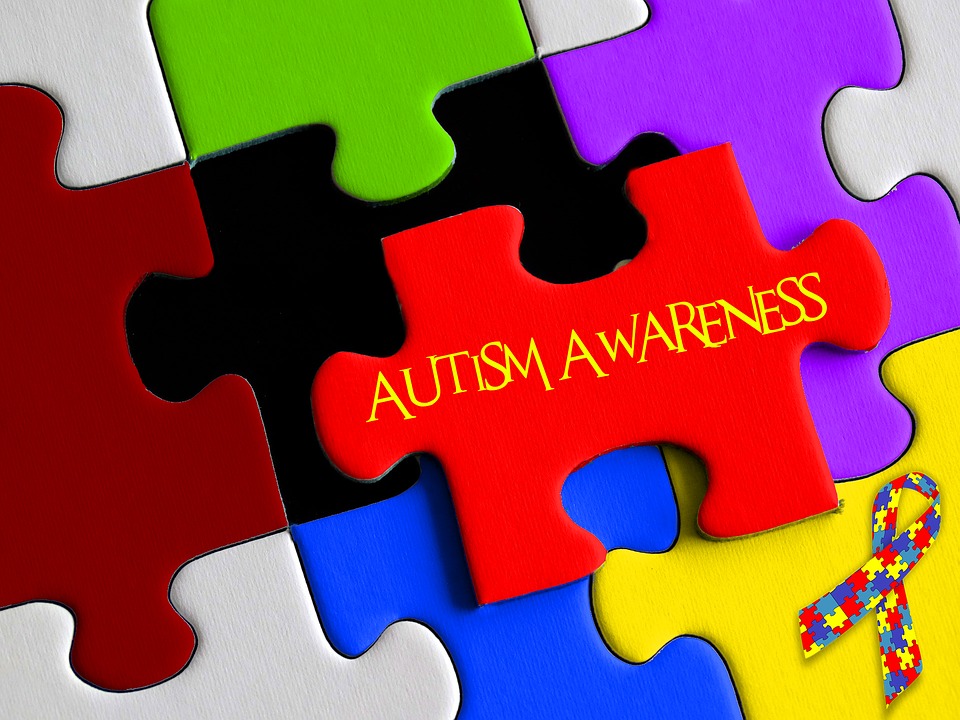One child in 58 has autism or an autistic spectrum disorder, The Observer reported on 8 July 2007. This is much higher than the previous figure of 1 in 100, which is based on the estimated number of people with autism in the UK, according to the National Autistic Society. The story also appeared in some other newspapers.
Under the headline “New health fears over big surge in autism”, The Observer also stated: “Two of the academics. privately believe that the surprisingly high figure may be linked to the use of the controversial MMR vaccine.”
However, any link to the MMR vaccine has been denied by the researchers. In a subsequent statement, the researchers said The Observer “fabricated comments attributed to their team”. The researchers also stated: “They do not believe there is any link between rising prevalence [of autism or autistic spectrum disorders] and the MMR, or chemical toxins.”
Where did the story come from?
The Observer did not explain how it got the results of this study, which has not been published in any scientific journal.
The study was conducted by a team of researchers from Cambridge University, led by Professor Simon Baron-Cohen. Professor Baron-Cohen is the co-director of the Autism Research Centre at Cambridge University, and is a leading expert on autism and autism spectrum disorders.
What kind of scientific study is this?
Based on the information provided in The Observer, this appears to be a large study carried out in 12,000 primary schoolchildren in Cambridgeshire, looking at how many children had autism or autistic spectrum disorders in the years 2001 to 2004.
What interpretation can be drawn from this study?
As the results of the study have not been published, it is not known what interpretations, if any, the authors have drawn from the results. However, The Observer claimed that two researchers “believe that the surprisingly high figure may be linked to the controversial MMR vaccine”. The Observer also stated that Professor Baron-Cohen was “so concerned by the 1 in 58 figure that last year he proposed informing health officials”. Both of these assertions have been denied in a statement by Professor Baron-Cohen.
What does the NHS Knowledge Service make of this story?
As the study has not been published, it is not possible to properly assess it without more detail about its methods and findings. Although the figure of 1 in 58 children (1.7% of children) may represent an accurate estimate of how common autism and autistic spectrum disorders were among primary school children in Cambridgeshire in the years 2001 and 2004, the following issues must be borne in mind:
Without knowing exactly how the previous estimate of 1 in 100 children with autism and autistic spectrum disorders was obtained, it is difficult to judge whether the results represent a true increase in the number of children with these disorders, or just differences in how the estimates were obtained. It is possible, for example, that a better definition of autism and autism spectrum disorders may mean that more children have been diagnosed.
The study does not explain scientifically the causes for the apparent increase in autism; it is purely a study designed to look at how common autism is (a prevalence study). This means that based on the results of this study alone, it is not possible to say why this apparent increase in the number of children with autism has occurred.
